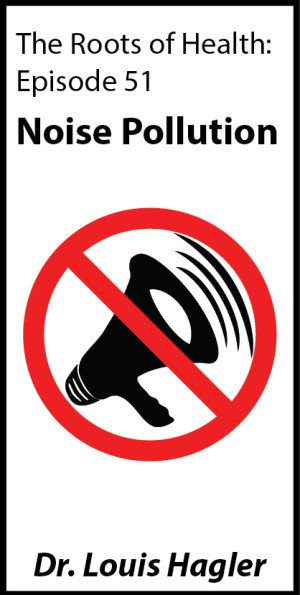 Click here to go right to the show in iTunes or on WebTalkRadio.net.
Click here to go right to the show in iTunes or on WebTalkRadio.net.
I am a student of Nutritious Movement, a course of study designed by biomechanist Katy Bowman that draws an analogy between the nutrient requirements that humans have from food, and the various loads that human beings require from movement. This is no ordinary study… It recognizes movement ‘macronutrients’ like walking – and movement ‘micronutrients’ like walking on varied terrain. In a modern environment that was designed for our comfort, safety, and efficiency, are we overdosing on vitamin ‘flat & level’ ground?
Today I’m chatting with Kit Perkins, CEO of a company called Ergodriven… about a new product that they’ve released into the wild called the Topo mat… it was designed to help you combat the effects of the ‘flat & level’ ground in your environment.
Kit and I chat about what ‘flat & level’ means, and I digress with a trip to see a house called Bioscleave that was intentionally designed NOT to be flat & level, designed to combat the effects of aging by changing one’s environment to change their life, in light of recent shows about how our modern environment shapes us, and about how to get kids out of chairs at school, is the answer to sitting all of the time simply standing all of the time? We talk about a traditional anti-fatigue mat is and how the Topo mat is different, how it was designed, who it is designed for and the health benefits of interacting with it, and why the Topo mat is a superior choice to a treadmill desk.
The Topo mat currently (as of Oct 2015) retails for $119… a small price to pay to get yourself up and moving while you work…. without even realizing it.
Behold, the Topo!
Music by audionautix.com
You can subscribe to The Roots of Health at WebTalkRadio.net and also on iTunes.



 Click here to go right to the show in
Click here to go right to the show in 






